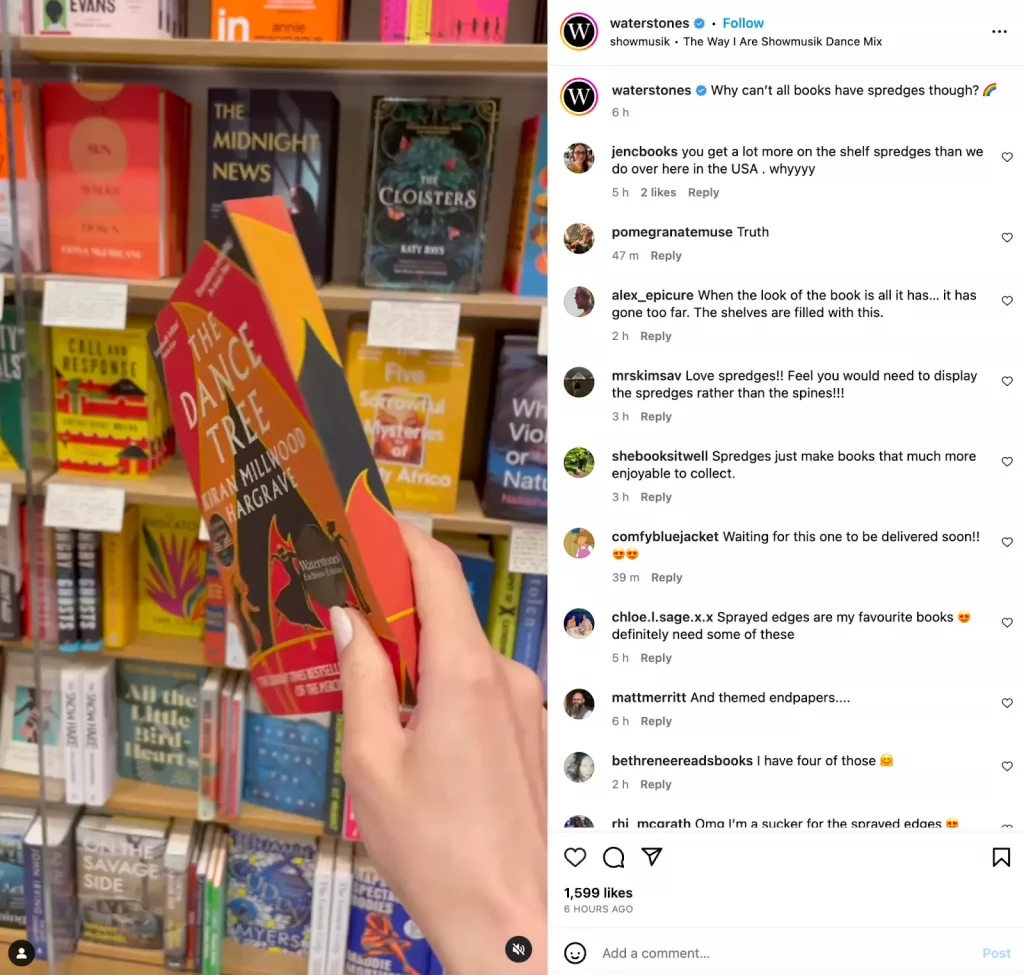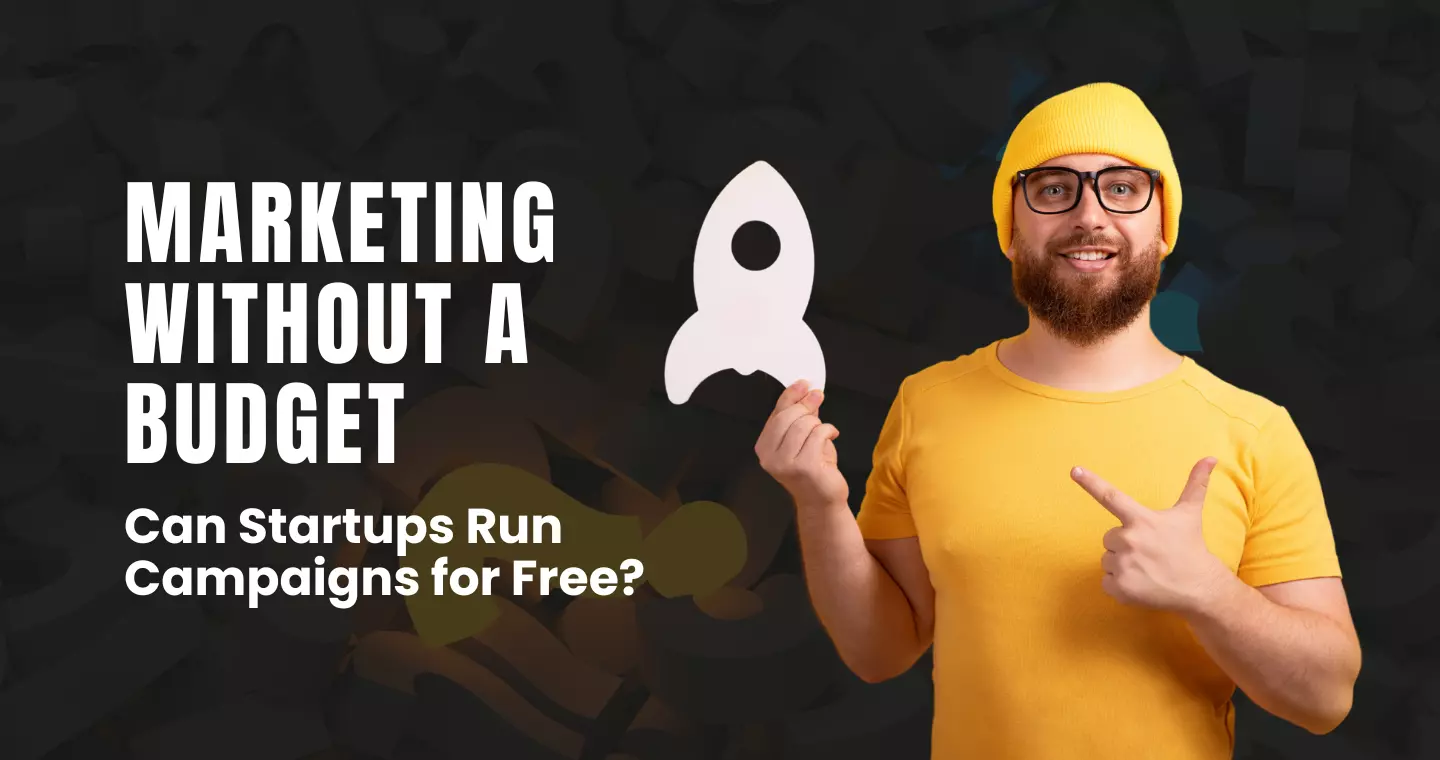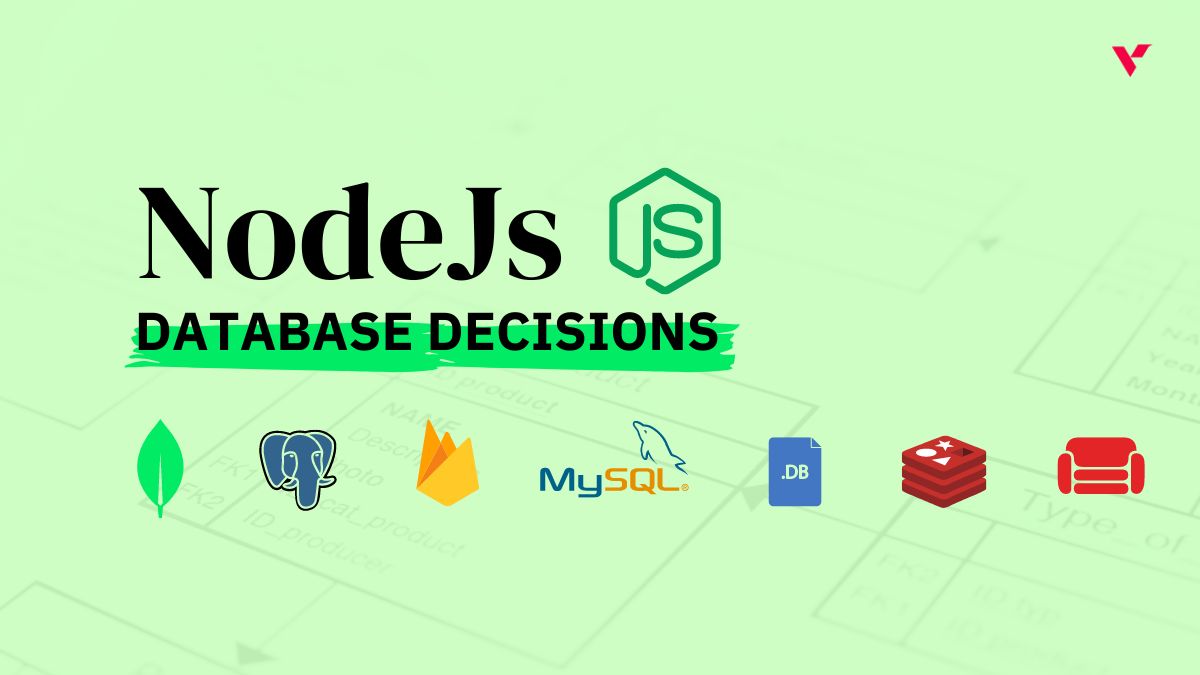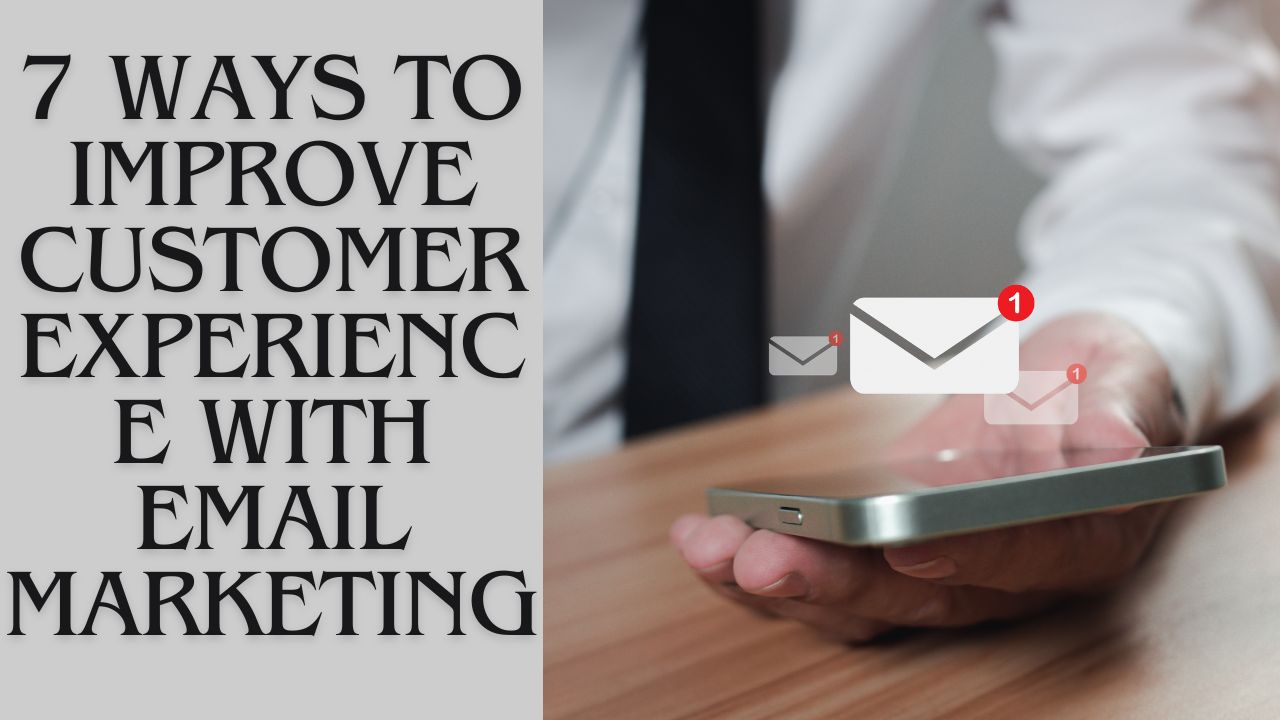Popular Tools by VOCSO
When startups and small businesses seek to secure their growth, they often have to contend with a shoestring budget allocated towards marketing. While this can be an issue for many marketers, there are still plenty of opportunities to build a brand identity without having to spend money.
Although money can certainly help to bring faster results, if you’re willing to invest time in building a secure marketing strategy, it’s possible to win engagements and leverage more conversions.
But where can you start? And what measures should be taken? Let’s take a deeper look at marketing online, and how small businesses can build a strategy without incurring heavy costs.
Table of Contents
Creating a Successful Digital Marketing Campaign on a Limited Budget
1. Make Social Media Your Strongest Ally
It’s entirely possible for businesses to promote their brand for free on social media platforms, however, it may be a time-consuming process in order to achieve tangible results.
The most important facet of social media marketing is content, so it’s important to set yourself up with the right campaign goals and to create content that’s well-positioned to achieve them.
To do this successfully, you’ll need to gain an idea of who your target audience is, what they like, where they’re located, and what type of content they would enjoy on social media.
Social media platforms can carry varied demographics among users, so it’s worth focusing your time on the networks where your audience is most likely to be.
One of the best ways to master social media without breaking the bank is to create varied content that can offer your audience a little more variation in your output. Think about sharing industry-specific thoughts, product previews, opportunities for customer engagement, and more trend-specific hashtagged video content to build engagement.

The brilliance of social media content is that it doesn’t really have to be about anything in particular, and even the most simple talking points, such as book ‘spredges’, can drive excellent user engagement.
However, at the same time, creating a content calendar can be a great way of ensuring that you appeal to your audience in a more comprehensive way and that you don’t have to spend more time than you need to think up ideas for posts.
2. Set Up a Blog
Starting a blog is arguably the best way of marketing your business without having to pay to build a campaign. This is because you can reach your target audience more effectively and drive traffic directly back to your website.
Blogs are excellent for SEO purposes, and by researching the content that you want to create and keywording it effectively, you can effectively win more conversions in a more organic way.
But what should you write about in your on-site blog? Posts could include educational guides, listicles about great complimentary products to your own goods, best industry practices, history relevant to your sector, and other topics that can position you as a thought leader.
It’s also worth structuring your blog around more visually engaging content. With smartphones like the Samsung Z Fold4 pioneering 7.6-inch displays, more users have a larger canvas to consumer content on the go. With this in mind, consider using more multimedia content and embedding videos, with transcriptions added for keywording, into your blog posts.
While you may be surprised at just what topics can drive the most traffic, a good rule of thumb is to look at the recurring questions that your customers are asking and anticipate them by creating a longer article that answers each one comprehensively.
3. Focus on Community Engagement
Your community can be the heart and soul of your company’s online presence. According to a Hubspot 2023 Social Media Trends report, 90% of respondents claimed that building an active online community is crucial to a successful social media strategy.
The great news for startups is that it costs nothing to generate community engagement, and the simple act of using social media as an opportunity to connect with customers can go a long way in establishing brand loyalty and trust.
Be sure to include in your social media content opportunities for your followers to engage with you by asking questions, inviting opinions, or sparking conversation by looking at a light-hearted but divisive topic.
4. Maximize Your UGC Potential
There’s no greater free asset when forming a marketing strategy than to repurpose user-generated content (UGC).
Content creation can be a costly and inefficient use of time for small businesses, but UGC can empower businesses to effectively curate the best content online that’s been generated by their own customers and followers.

As the McDonald’s Twitter account perfectly demonstrates, user-generated content doesn’t have to involve a beautiful image of your product in action or a glowing review of your company. It doesn’t even have to make much sense or be relevant to your industry.
In simply sharing a light-hearted engagement between a user and the company, we can see that McDonald’s has leveraged over 845,000 views and 13,600 likes on their post.
Although smaller businesses don’t quite have the audience reach of international fast-food franchises, it is possible to inspire followers to create content by rewarding them with freebies, running competitions, and encouraging them to share their stories.
What’s more is that UGC can act as an excellent social proof, whereby sharing customer thoughts can come across as more trustworthy to an audience than the brand’s own words.
5. Maximizing Public Relations Efforts
Public relations (PR) plays a crucial role in marketing without a budget for startups. By effectively leveraging PR, startups can generate increased visibility and brand awareness. Here are some key strategies to maximize public relations efforts:
Crafting a compelling press release:
A press release is a powerful tool to announce new products, company milestones, or significant events.
Startups can create a compelling press release by highlighting the unique features or benefits of their offerings and demonstrating their value to the target audience.
For example, a startup in the renewable energy industry can craft a press release showcasing how their innovative technology is reducing carbon emissions and making a positive impact on the environment.
Engaging with journalists and media outlets:
- Building relationships with journalists and media outlets is essential for startups to secure media coverage and gain exposure.
- Startups can reach out to relevant journalists or media outlets through personalized pitches, highlighting the newsworthiness of their stories.
- For instance, a health tech startup can contact journalists who cover healthcare topics and offer them exclusive access to their latest health monitoring device, emphasizing the potential impact on improving patient outcomes.
Leveraging PR for increased visibility:
- Public relations efforts can be amplified by taking advantage of various channels, such as online publications, industry blogs, and social media.
- Startups can collaborate with influencers or industry experts to endorse their products or services, reaching a wider audience.
- Additionally, participating in industry events, conferences, or trade shows provides startups with opportunities to network, showcase their offerings, and attract media attention.
Example:
A startup in the fashion industry, specializing in sustainable clothing, crafts a compelling press release highlighting their use of eco-friendly materials and ethical manufacturing practices. They engage with journalists who cover sustainable fashion and offer them an exclusive interview with the company’s founder, showcasing their commitment to sustainability.
The press release gains traction and is featured in prominent fashion magazines and online publications, resulting in increased brand visibility and attracting environmentally conscious consumers.
6. Optimizing for Local SEO
Local SEO is a crucial aspect of marketing without a budget for startups, as it focuses on improving visibility and attracting potential customers within a specific geographical area. By targeting local keywords and search terms, registering on local directories, and encouraging positive customer reviews, startups can enhance their online presence and attract local customers.
1. Targeting local keywords and search terms: When optimizing for local SEO, startups need to identify relevant keywords and search terms that are specific to their target location. For example, a startup offering yoga classes in San Francisco might target keywords like “yoga classes in San Francisco” or “best yoga studios in San Francisco.” By incorporating these keywords into its website content, meta tags, and URLs, the startup increases its chances of appearing in local search results.
You can easily find your local keyword by using SEO tools for your website, blogging, and social media sharing.
2. Registering on local directories and review platforms: Startups should ensure their presence on popular local directories and review platforms, such as Google My Business, Yelp, and TripAdvisor. These platforms allow businesses to provide accurate information, including their address, phone number, website, and operating hours. By claiming and optimizing their listings, startups increase their visibility and credibility in local search results. For instance, a local restaurant listed on Google My Business can attract more customers by displaying photos, receiving reviews, and providing detailed descriptions of their menu.
3. Encouraging positive customer reviews: Positive customer reviews play a significant role in local SEO. Startups should actively encourage satisfied customers to leave reviews on platforms like Google, Yelp, or industry-specific review websites. Positive reviews not only boost a startup’s online reputation but also improve its ranking in local search results. For example, a startup offering home cleaning services can ask satisfied customers to share their experiences by leaving reviews, which can help attract more local customers searching for reliable cleaning services.
According to research by BrightLocal, 91% of consumers aged 18-34 trust online reviews as much as personal recommendations. Moreover, 84% of consumers consider online reviews as influential when making local purchasing decisions. These statistics highlight the importance of actively seeking and promoting positive customer reviews for startups to gain a competitive edge in local SEO.
By effectively optimizing for local SEO, startups can increase their visibility in local search results, attract more local customers, and establish a strong online presence within their target geographical area.
7. Partnering with Complementary Businesses
Partnering with complementary businesses can be a powerful strategy for startups to expand their reach and gain exposure to new audiences. By collaborating with businesses that share similar target markets or offer complementary products or services, startups can leverage each other’s resources and audiences to maximize their marketing efforts.
Example:
Let’s say there is a startup that sells organic skincare products. They identify a complementary business, such as a yoga studio, whose clients are likely to be interested in natural and wellness-oriented products. The startup could approach the yoga studio with a partnership proposal to create a mutually beneficial campaign.
They could develop a joint promotion where customers who purchase skincare products from the startup receive a discount on yoga classes at the studio, and vice versa. This partnership allows both businesses to tap into each other’s customer base and generate increased sales and brand exposure.
According to a study by the International Data Corporation (IDC), businesses that engage in strategic partnerships experience an average revenue growth of 17.5% over three years. Additionally, a survey conducted by the Content Marketing Institute found that 75% of marketers believe that partnering with other companies can help expand their audience reach and increase brand visibility.
By partnering with complementary businesses, startups can not only benefit from increased exposure but also tap into the credibility and reputation of their partners. This can lead to higher customer trust and loyalty, ultimately driving long-term growth and success.
8. Tapping into the Power of Email Marketing
Email marketing is a highly effective strategy for startups to engage with their audience and drive conversions. Here are some examples and statistics showcasing the potential of email marketing:
Building an email list of potential customers:
A startup in the fashion industry could offer a free style guide or a discount code in exchange for visitors subscribing to their email lists.
According to a study by DMA, the average ROI for email marketing is $42 for every $1 spent.
Crafting effective email campaigns:
A startup in the fitness industry could send personalized emails to their subscribers with workout tips, healthy recipes, and exclusive offers tailored to their interests and goals.
According to a survey by HubSpot, personalized subject lines can increase open rates by 50%.
Personalization and automation techniques:
A startup in the e-commerce industry could use automated emails triggered by user behavior, such as abandoned cart reminders or personalized product recommendations based on past purchases.
Campaign Monitor reports that personalized emails can generate six times higher transaction rates compared to generic emails.
By building an email list, crafting engaging campaigns, and leveraging personalization and automation techniques, startups can establish a direct line of communication with their audience, nurture leads, and drive conversions effectively.
Email marketing provides a cost-effective and measurable way for startups to reach their target customers and build long-term relationships.
Final Words
Although operating on a shoestring budget can be stressful for small businesses, it’s certainly possible to make an impact in the world of marketing without having to pay any money into the process. However, it’s worth utilizing a free content calendar to help manage the process of coming up with new content ideas and planning them out.
In conclusion, free marketing presents immense potential for startups to gain visibility, attract customers, and achieve business growth without a substantial budget. Throughout this article, we have explored various strategies and techniques that can be leveraged by startups to run effective campaigns without incurring significant costs.
It is important for startups to recognize and embrace the power of free marketing as a viable alternative to traditional paid advertising. By harnessing the potential of digital platforms, social media, content marketing, influencer collaborations, user-generated content, email marketing, and more, startups can maximize their reach and engagement with minimal financial investment.
However, it is crucial to approach free marketing with strategic planning and execution. Startups should conduct thorough research to identify their target audience, craft a compelling brand story, and develop a well-defined content strategy. Experimentation and continuous improvement are key in finding what works best for each startup’s unique circumstances.
While free marketing techniques can be highly effective, they require consistency, persistence, and adaptation to stay ahead of evolving trends and customer preferences. Startups should monitor and measure the results of their campaigns using analytics tools, allowing them to iterate and optimize their strategies for maximum impact.
In conclusion, startups should embrace the opportunities presented by free marketing, utilizing the wide range of strategies available. By being resourceful, creative, and strategic, startups can build a strong online presence, engage with their target audience, and ultimately achieve business success without a significant marketing budget. The possibilities are vast, and the rewards can be substantial for startups that are willing to explore and experiment with free marketing techniques.


















